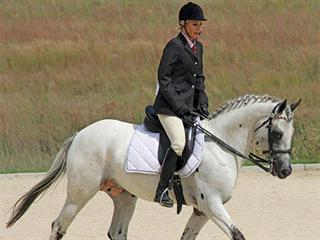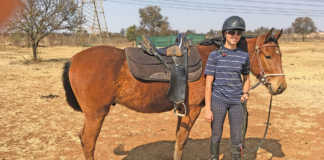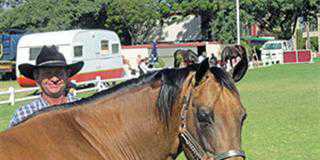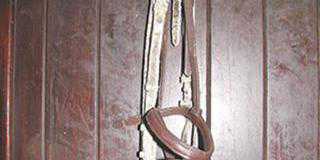
Wheat bran is easy to obtain, but if fed exclusively to your horse for long periods, it can cause serious health problems. A ‘newer’ bran on the market is rice bran. Like wheat bran, it is the outer coating of the grain, and is high in fibre, protein and calories. Unfortunately, it also has a lopsided calcium/phosphorous ratio.
What makes rice bran more appealing than wheat, however, is that it has more calories than carbohydrates. This is good when it comes to slotting it into your horse’s feed ration. Rice bran is 20% fat, which means that it has a much higher fat content than any other feedstuff commonly fed to horses, except animal or vegetable fat. Some 800g of rice bran contains 182g of fat, nearly the same amount as half a cup of vegetable oil. But vegetable oil is not the best fat to feed horses; studies show that, over a long period, food absorption is reduced by the fatty coating in the gut.
Because rice bran is high in fat and high in fibre, it is ideal for hard-working performance horses. It provides extra-long-lasting energy and helps to prevent the stomach ailments that are usually a side-effect of high-starch grain diets. Making a mash from rice is not easy because of its higher fat content and small size. When you add water, it becomes more mush than mash, as rice bran does not absorb as much water as wheat bran. If you have a horse that is not as hydrated as you would like, wheat bran will ensure that more more water gets into its digestive tract.
Some myths
Why do we feed bran mash? Let’s first dispel a few myths:
Myth 1: A hot bran mash warms a horse in winter. Using hot water in your bran will heat your horse for about 10 minutes – less time than it took to make the mash in the first place! Increase the amount of hay your horse eats and you’ll warm it much more efficiently. The heat of digestion from just 2kg of extra hay will raise your horse’s internal temperature by 1,2°C for nearly four hours.
Myth 2: A bran mash is a good way to help hydrate your horse in winter. Your horse needs 40l to 60l of water a day. A typical bran mash only contains 1l. Rather add warm water to your horse’s water bucket to encourage drinking.
Myth 3: A bran mash is a good laxative to give a horse before a long ride in a horsebox, to prevent constipation. By definition, a laxative is something that increases the water content in the faeces. Research suggests that bran does not do this. All it does is increase the volume of droppings. Also, feeding a bran mash represents a sudden change in diet, and the microbes in the gut start to die off.
This leads to the diarrhoea which most horse owners mistake as the ‘laxative effect’. Instead, gradually incorporate bran into the diet two weeks before travelling and keep it at a constant level. Add Coke to the drinking water a week prior to travelling as this will help with the change in taste of water away from home. Too little water is a major cause of constipation.
Enjoying the taste
Since horses really enjoy the taste of bran, it’s still used in feeds. It’s best to not allow bran to exceed 5% to 7% of your horse’s daily ration. Balance the bran’s calcium/phosphorous ratio by feeding it with lucerne, legume hays or a tablespoon of feed-grade limestone added to the horse’s daily feed. I also like to dampen bran as it’s light and fluffy and can fly up your horse’s nose.
To iterate – rather than feeding bran sporadically, provide it as part of the horse’s ration. Even better, feed a balanced horse feed and leave the additives to the professionals. No one wants a horse with a ‘big head’ because of bran – a condition I discussed in my last column.
If you’re worried about your horse’s condition, and you’ve de-wormed it and had its teeth done, first increase its hay content before you increase anything else – such as bran. Horses do much better on hay than grain.













